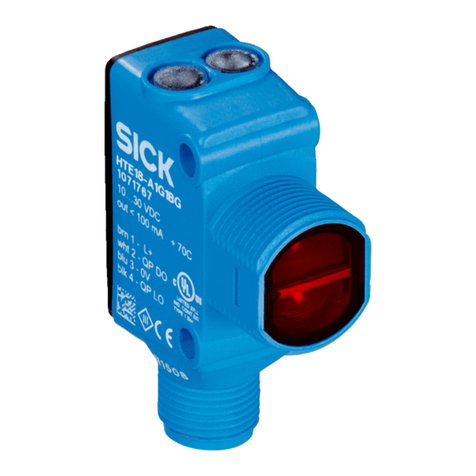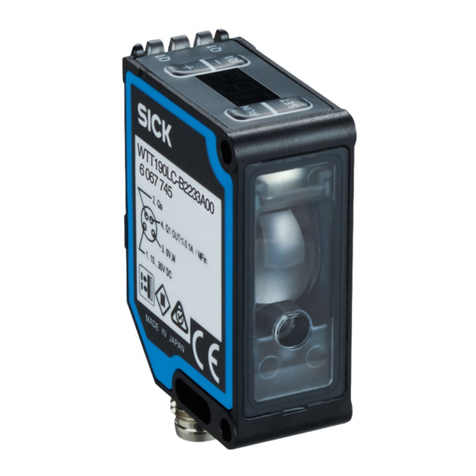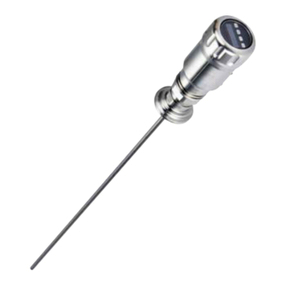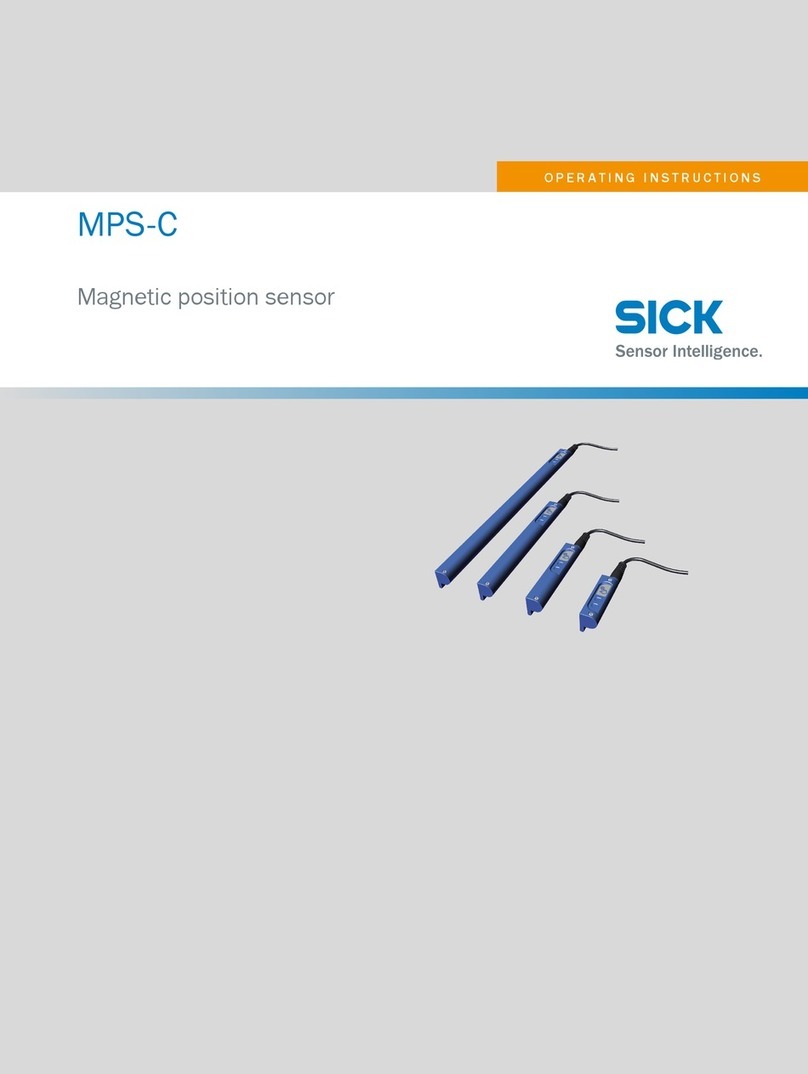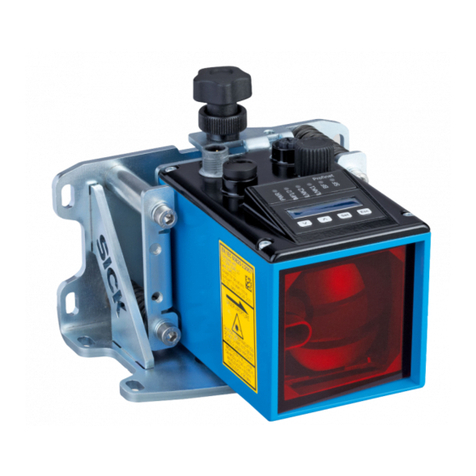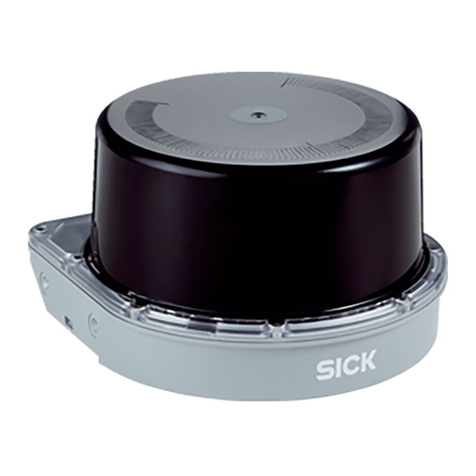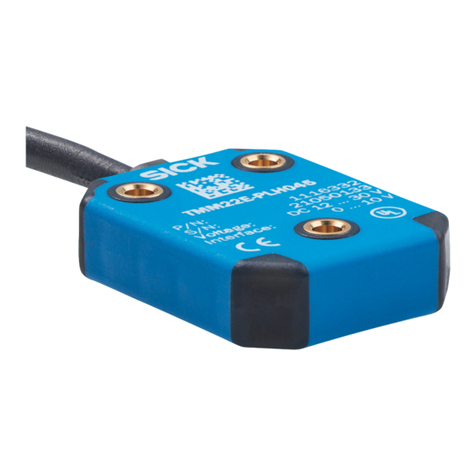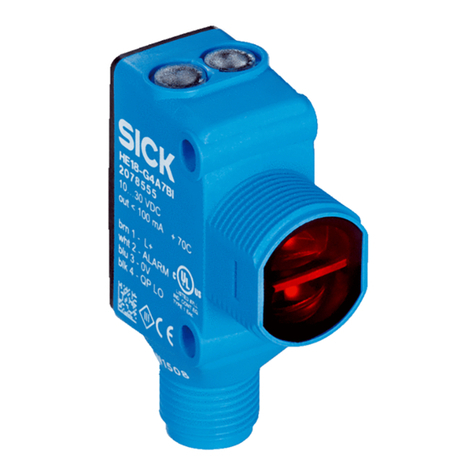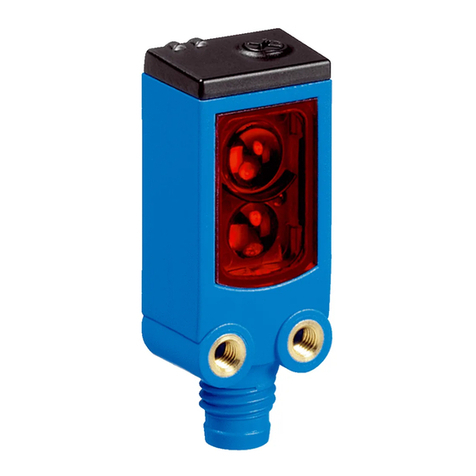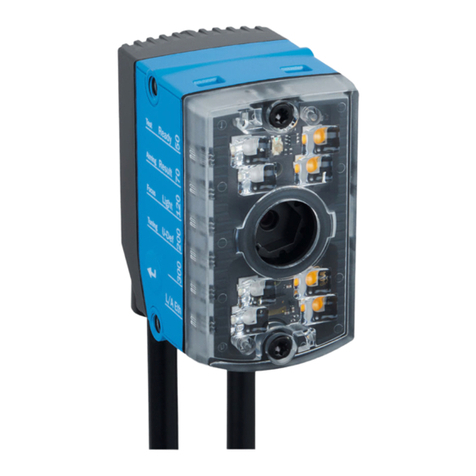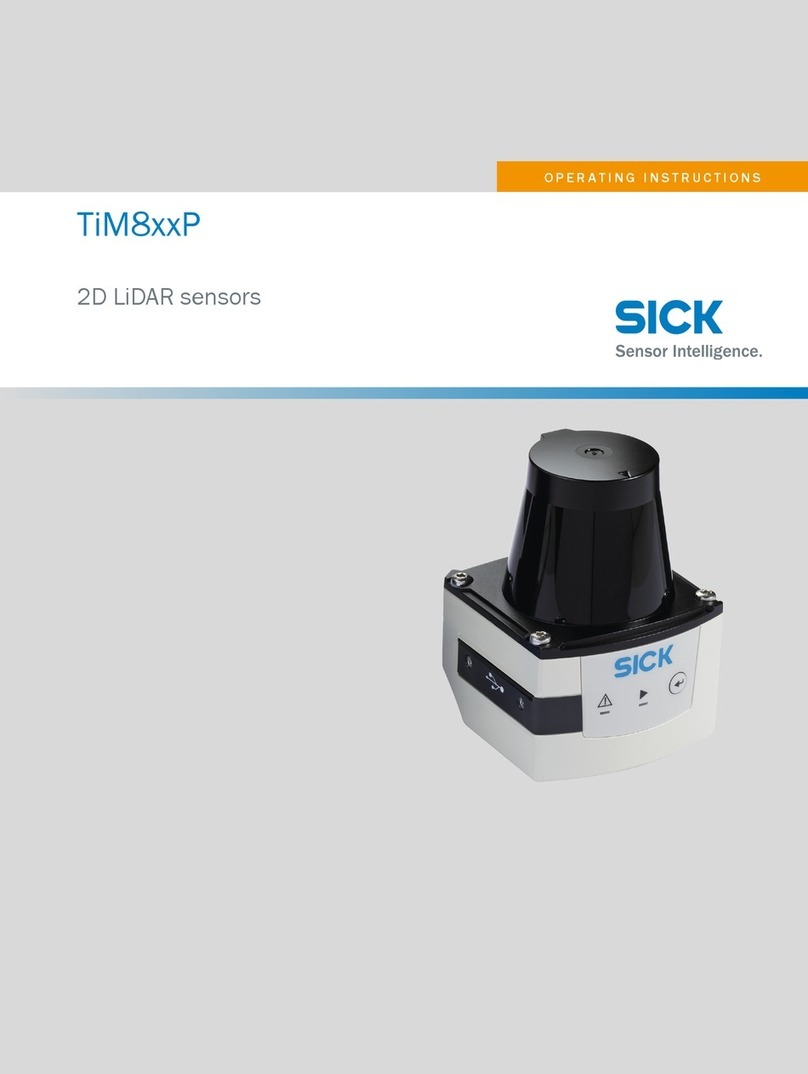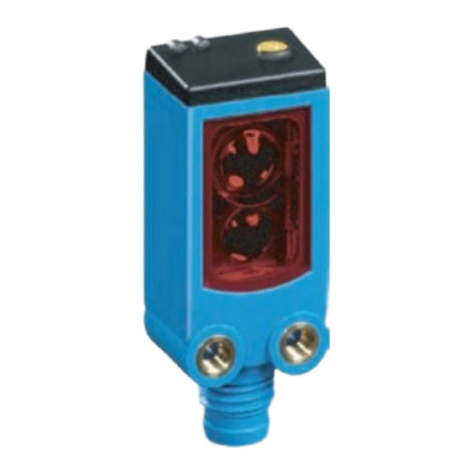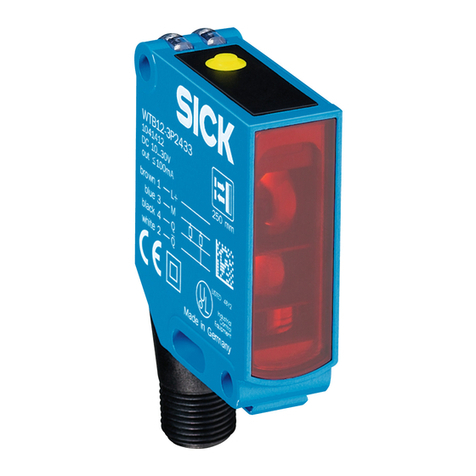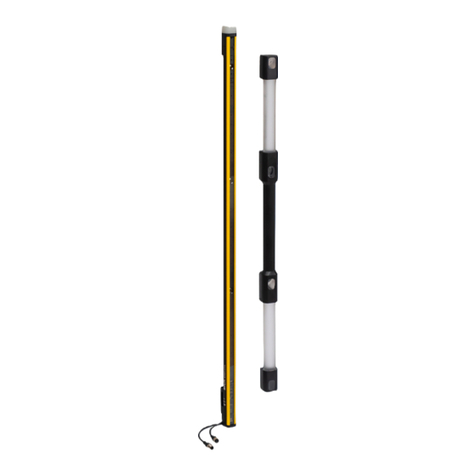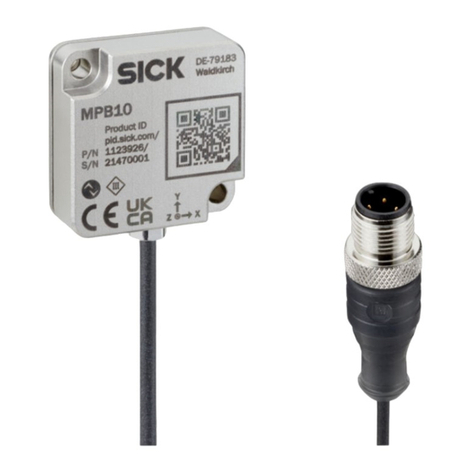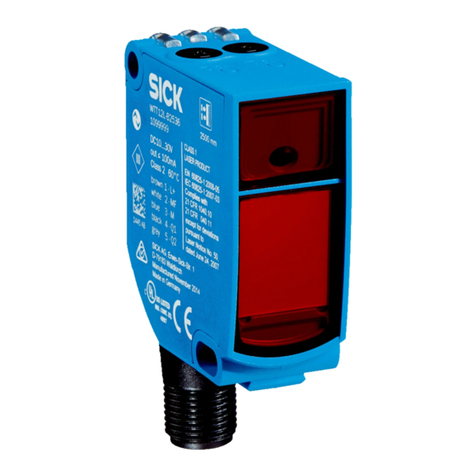
LED indicator/fault pattern /
LED indicator/fault pattern
Cause /
Cause
Measures /
Measures
Yellow LED flashes; if Health is
present then take note of the
corresponding output signal; if
Alarm is present then take note
of the corresponding output
signal
Sensor is still ready for opera‐
tion, but the operating conditi‐
ons are not ideal/additionally
with health output: power sup‐
ply interrupted
sensing range: Reduce the
distance between the sender
and the receiver, and check
against graphic H. / Check
sensing range and adjust if
necessary; see graphic H. /
With health output: Check the
power supply, check all electri‐
cal connections (cables and
plug connections). /
Check the operating conditi‐
ons: Fully align the beam of
light (light spot) with the recei‐
ver. / Clean the optical surfa‐
ces . / Readjust the sensitivity
(potentiometer) / If the poten‐
tiometer is set to the max.
sensing range: Reduce the
distance between the sender
and the receiver, and check
against graphic H. / Check
sensing range and adjust if
necessary; see graphic H. /
With health output: Check the
power supply, check all electri‐
cal connections (cables and
plug connections).
Yellow LED lights up, no object
in the path of the beam /
Yellow LED lights up, no object
in the path of the beam
The beam of light of a photo‐
electric through-beam sensor
hits the receiver of another
(neighboring) photoelectric
through-beam sensor /
The beam of light of a photo‐
electric through-beam sensor
hits the receiver of another
(neighboring) photoelectric
through-beam sensor
Swap the sender and receiver
arrangement at every se‐
cond photoelectric through-be‐
am sensor and ensure that
there is sufficient distance
between the through-beam
photoelectric sensors /
Swap the sender and receiver
arrangement at every se‐
cond photoelectric through-be‐
am sensor and ensure that
there is sufficient distance
between the through-beam
photoelectric sensors
8 Disassembly and disposal
The sensor must be disposed of according to the applicable country-specific regulati‐
ons. Efforts should be made during the disposal process to recycle the constituent ma‐
terials (particularly precious metals).
9 Maintenance
SICK sensors are maintenance-free.
We recommend doing the following regularly:
•Clean the external lens surfaces
•Check the screw connections and plug-in connections
No modifications may be made to devices.
8 DISASSEMBLY AND DISPOSAL
68017854 | SICK
Subject to change without notice

